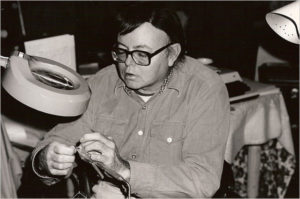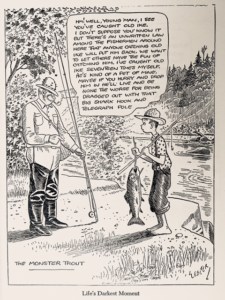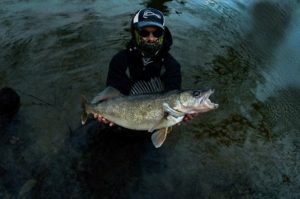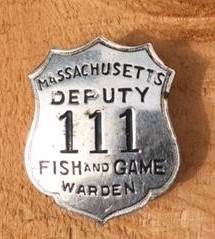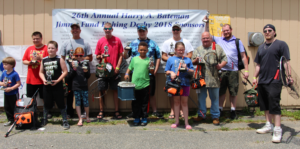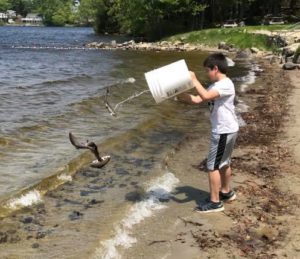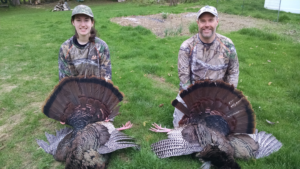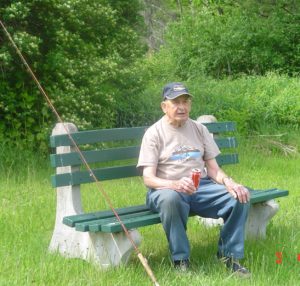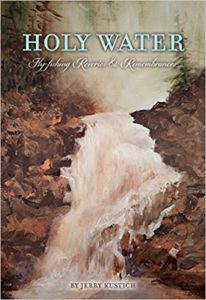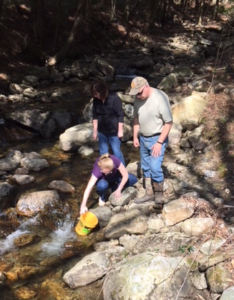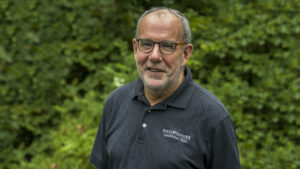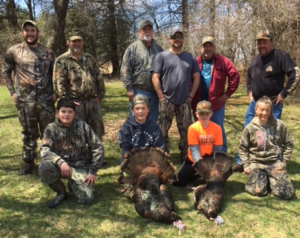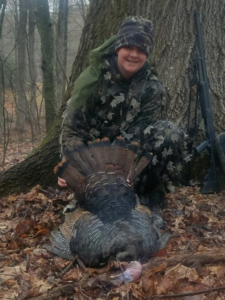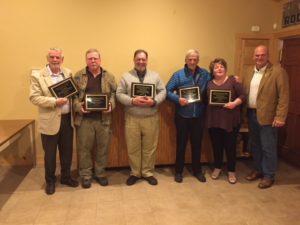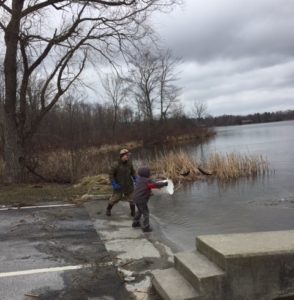Last month, the Lenox SC Pistol Team went on a shooting rampage and took 1st place in the Berkshire County pistol competitions which they have won for the last few years, and then competed in the State Finals and won that, too. According to Team Captain David Cimini, that could be the first State title ever for the club and perhaps for a Berkshire team, at least in recent memory.
They scored 4,126 out of 4,500 possible points, beating the 2nd place Merrimac Valley Pistol League by 21 points.
To get to the State finals, the 11 to 15- member pistol team had to win the Berkshire County title. Once that was accomplished, they qualified to represent Berkshire County at the State level.. They had to trim their number of shooters down to 6, selecting their top scorers. Eight teams competed at the State level, representing the different counties.
The rules state that teams must shoot .22 caliber pistols, using open or red dot sights, one handed, at a bull’s eye target at a 50- foot range. The scores entered can only be from the accumulation of the five top scorers. It is called a 900 match. Each shooter has 90 shots at 10 points apiece with a maximum score of 900 points.
The Lenox team shooters were: Team Captain – David Cimini, Co-Captain Ray Scheufler, Peter Kirchner, Tom Greenleaf, Gregg Proctor and James Denault. All are Pittsfield residents except for Proctor who resides in Hinsdale. The top shooter was Denault who scored 834 out of 900 possible points.
According to Cimini, there are some very good shooters at the eastern end of the state, many of them are in weekly leagues, similar to bowling leagues. The Lenox Club only shoots 10 or 12. One of those eastern teams usually takes the State title every year. “This year was our year”, he said, “We worked hard., we practiced hard and we really put a lot into it. And it paid off.” Over the years, they have placed anywhere from 2nd to 8th. Last year, Lenox finished 3rd.
I was hoping to get a picture of these sharpshooters holding the trophy and medals, but the awards are late and have not arrived yet. When they do arrive, I hope to include a picture in a future column.
Congratulations, gents! Mighty fine shooting, mighty fine!
Recent Massachusetts DFW activities now that trout stocking is over
Recently, they completed stocking Quabbin Reservoir with its annual allotment of 10,000 landlocked salmon raised at the Palmer Fish Hatchery. It will take about 3 years for these fish to reach the 15″ minimum size for harvest.
According to Western District supervisor Andrew Madden, they successfully banded bald eagle chicks at Richmond Pond and the Westfield River in Russell.
They are also continuing deployment of black bear GPS radio collars. They added 1 collared female this past spring.
Teachers are tutored on fly fishing
Ronald Wojcik, of Windsor, MA is a teacher at Taconic High School in Pittsfield, coaches the Hoosic Valley Girls’ Basketball Team and also is a superb fly fisherman. So, it makes perfect sense for him to start an after-school fly fishing club for the Taconic High students. About 12 years ago, he did just that and since then about 50 students have taken the course.
The course includes lessons in fly fishing and casting, fly tying (depending on interest), fly fishing equipment, entomology, species of trout, videos, etc. His availability to teach these subjects depends on his basketball coaching schedule for the Hoosic Valley Girls’ Basketball Team.
This past year, Ron had no students available to take his fly fishing course, in spite of sending e-mails and posting fliers about the course. The students were tied up in other sports or had after school jobs. When the teachers saw the flyers, they asked, “What about us? We would like to learn to fly fish, too.” Ron agreed and as a result, 4 Taconic teachers, and the Wahconah High School Girls’ Basketball Coach, Liz Kay, attended the fly fishing lesson. (Ironically, Liz’s team defeated Hoosic Valley in the play-offs last year, but Ron welcomed her anyway). The Taconic teachers were Kris Pearson, Patrice Lattrell and Ana Larkin. Amy Green is a health technician volunteer.
On the evening of June 19, Ron invited the teachers up to his house to learn to fly fish for trout in his private pond, a body of water of about ¾ acre. Also invited were 5 members of the Taconic Chapter of Trout Unlimited to do the one-on-one tutoring. They were Stephen Smith, William Travis, Marc Hoechstetter, Paul Knauth and me. After dining on pizza, we got down to the business of casting for and catching trout.
The teachers were a mix of novice anglers and those with some experience. The teacher that I was mentoring, Kris Pearson, had never fly fished before, and on her second cast, a large trout hammered her black wooly bugger fly and went deep to the bottom and put up a fierce fight.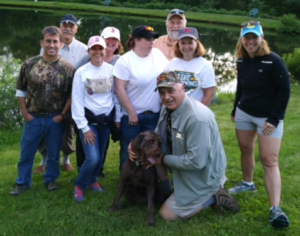
You should see the excitement that ensued with Ron rushing over joining me with instructions. I think Kris was a little intimidated and tried to hand the rod over to me. But it was it was her fish to catch or lose. It was a brute, probably one of Ron’s rainbow trout that he stocked in the 6 to 10- inch range 4 or 5 years ago and now weighed around 5 lbs. After swimming around the pond, it finally got off. Liz immediately became sold on fly fishing and now wants to buy a starter fly fishing outfit.
About halfway through the fishing lesson, Ron’s wife Diane Wojcik brought down to the pond some freshly made and still warm cookies. Their labra-doodle dog, Hershey, checked on all of the lady fly fishers, too. And then they went back to fishing.
Ron made sure that all of the fish that were caught were resuscitated and swam away to fight another day.
So, did these teachers pass or fail? They passed with flying colors. By the end of the session, all of them were decent fly casters and all either caught trout or had them on. They appeared to be having a great time, as did the mentors.
There was no need to send them home with bad report cards. They can now advance to the next phase, that of catching fish out of our local lakes and rivers and enjoying all of the beautiful sights that our Berkshires have to offer. Also, they can go on summer vacation now!

